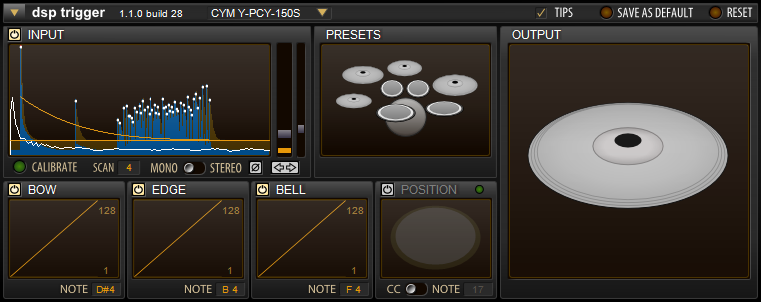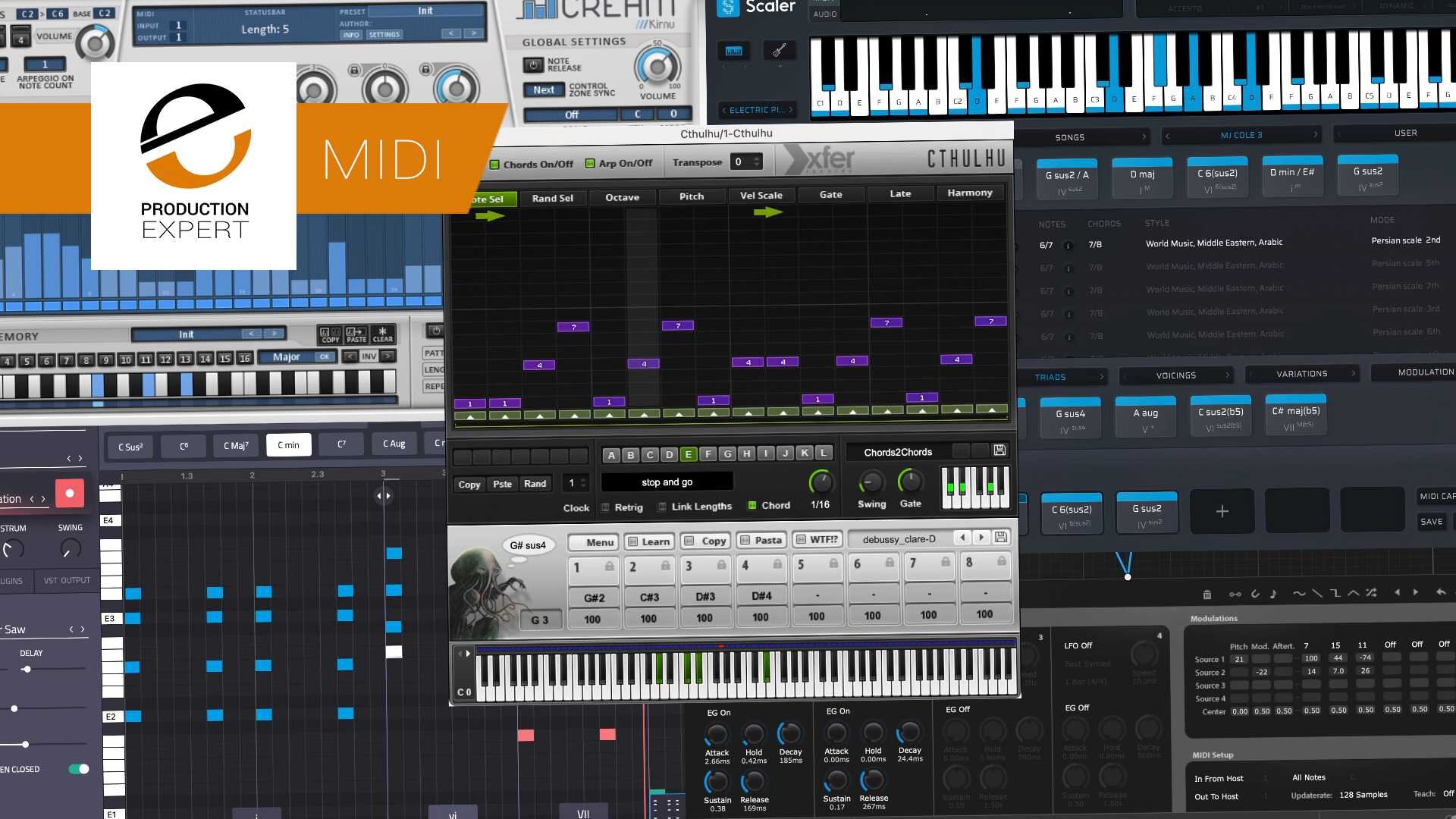


It rather sends MIDI messages containing notes and other control messages to different devices (e.g. Since it’s a communication protocol like any other, MIDI can also be used to control many non-music related devices.īelow is a picture of a typical MIDI controller. synthesizers) using a wide variety of controllers (e.g. Among many other things, MIDI allows you to control digital instruments (e.g. MIDI stands for Musical Instrument Digital Interface and is a technical standard encompassing both a protocol, digital interface and connectors. You also typically use DAWs to edit and record audio, not just MIDI. We will take a bit of a closer at the author’s weapon of choice: REAPER. You might’ve heard of some of these popular DAWs: ProTools, Cubase, Logic Pro, FL Studio and Ableton Live.

DAW stands for Digital Audio Workstation and is the primary software you’re using when making or recording music. When you’re going to make music by programming MIDI you’ll need a DAW.

Please try a different DAW such as Reaper for your experimentation with Dodo MIDI.Let’s first look at the basic terminologies. What sets it apart from all the other audio to MIDI software packages available, is that it really works incredibly well and is extremely useful as a live musical instrument!įor the first time, you can play (almost) any synthesizer or sampler just by using your voice, with imperceptible latency, and exceedingly accurate control over legato, slides and articulation.ĭodo MIDI isn’t a gimmick or toy Audio to MIDI software, it is a state of the art MIDI controller designed from the bottom up to be used by professional musicians in live performances, music producers and sound designers looking to expand their arsenal of creative tools.Ĭubase users: Currently Dodo MIDI does not control the synth’s volume when run in Cubase. Dodo MIDI is a voice to MIDI plugin, it detects the incoming audio, which can be voice or musical instruments, and controls the pitch and volume of any synthesizer or sampler you connect to it.


 0 kommentar(er)
0 kommentar(er)
